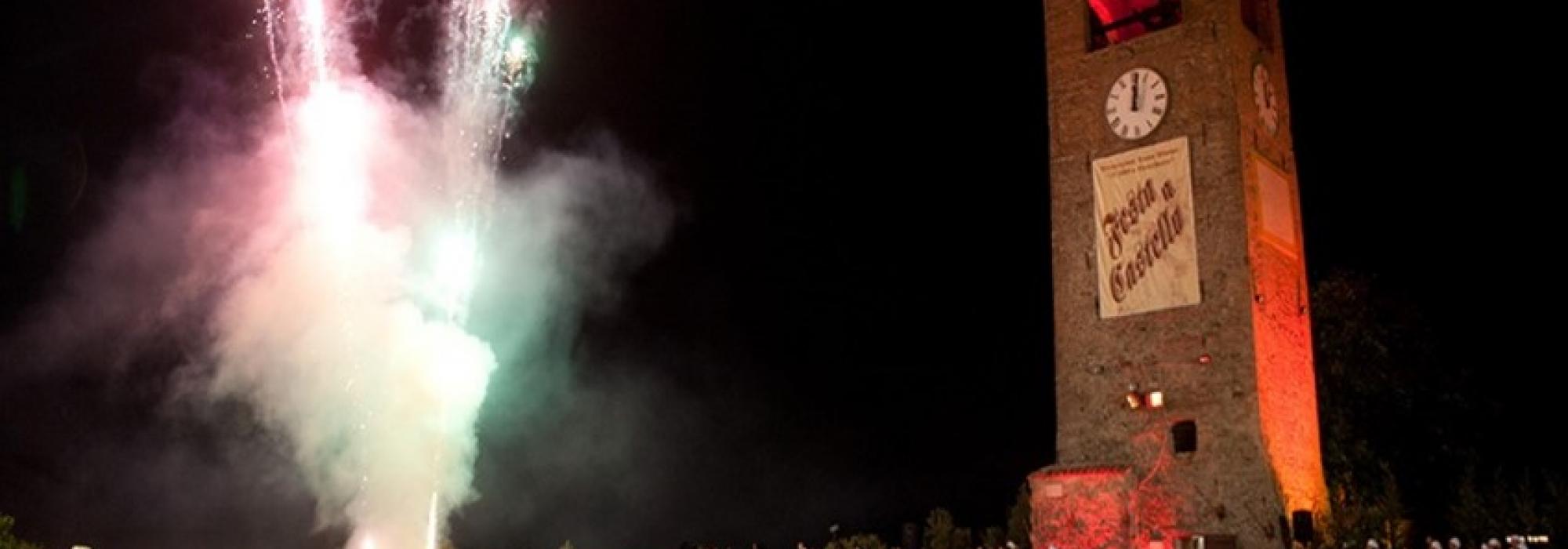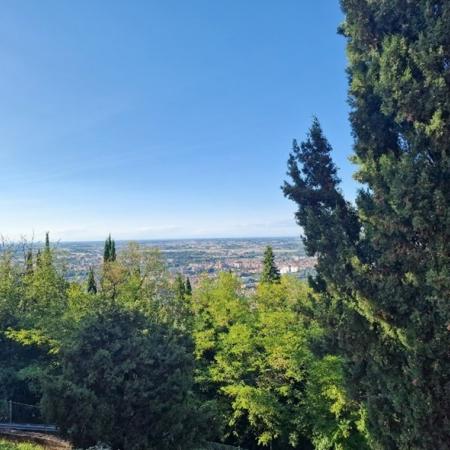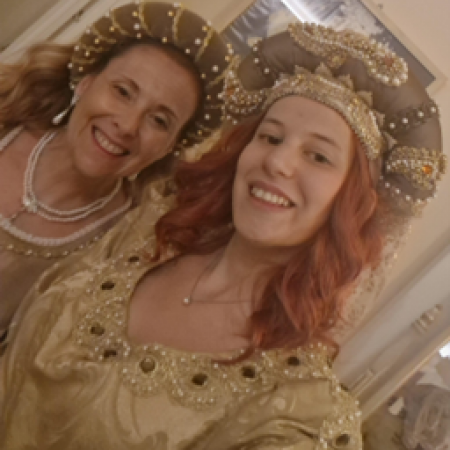
Report: Chemistry and Culture in Italy
During the summer of 2023 I had the opportunity to take part in an internship in Organic Chemistry at the CNR, the Italian National Research Council. My research was based on molecular machines and photoswitches in Alberto Credi’s group in the university of Bologna. This field has gained more attention in chemistry since the Nobel Prize was awarded to Jean-Pierre Sauvage, J. Fraser Stoddart, and Ben L. Feringa in 2016. They have since been introduced in molecular devices and are being explored for biological applications. My work was mainly based on reviewing the existing literature on photoswitches containing diazo groups and determine the feasibility of synthetic procedures.

As I am Italian, it was good to go back to my country to experience what academia is like back home. This experience gave me a more positive perspective of my culture and of the Italian research which, although underfunded, still manages to thrive in the Alma Mater. Moreover, I had the chance to experience the life I had “left behind”, visit places I had never seen before in Bologna, a city that was always close, but I had never really explored. For example I walked to the Sanctuary of the Madonna di San Luca, which is linked to the city centre by the longest porticoes in the world. I also climbed on top of one of the Two Towers: the Torre degli Asinelli.

Finally, I took part in a historical re-enactment which celebrated the visit of Torquato Tasso in Castelvetro, a small town half an hour away from Bologna. The author of the Jerusalem Liberated visited the court of Earl Rangoni in 1564 and this is remembered by a sumptuous feast every two years.